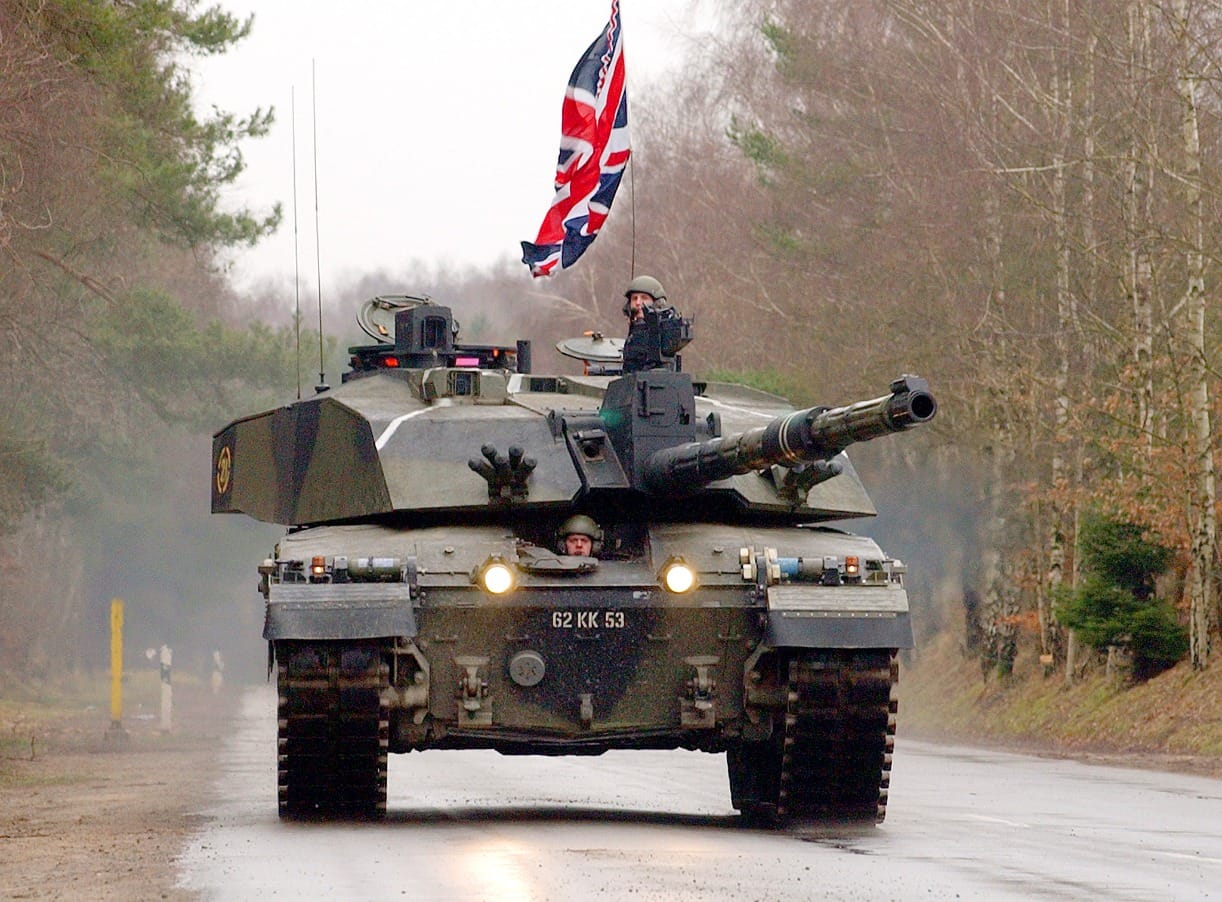What is Rolled Homogeneous Armor?
Rolled Homogeneous Armor (RHA) is essentially a single, uniform steel alloy plate, strengthened through a process of heating and rolling. Imagine a thick slab of steel, consistent in strength and composition throughout – that’s RHA. It’s the foundational armor material, the yardstick against which other armor technologies are measured. While more advanced armor types exist today, understanding RHA remains crucial for grasping the evolution of armored vehicle protection.
Forging Strength: How RHA is Made
The creation of RHA begins with a specific blend of molten steel alloy, carefully formulated for its protective properties. This molten mix is then poured into large molds to create blocks called billets. These billets are subsequently super-heated and repeatedly squeezed between powerful rollers, a process known as hot rolling. This process refines the steel’s internal structure, much like kneading dough strengthens it, resulting in a tougher, more resilient material. It’s this rolling that gives RHA its characteristic homogenous nature, meaning it has consistent properties throughout its thickness.
The Delicate Balance: Properties of RHA
RHA’s effectiveness relies on a crucial balance between hardness and toughness. Hardness refers to its resistance to penetration, vital for deflecting projectiles. Toughness, on the other hand, is its ability to withstand impacts without shattering. This balance is achieved through the careful control of the steel alloy composition and the precise hot-rolling process. However, this balance has been challenged by the evolution of anti-tank weaponry.
From Battlefield King to Benchmark: The History of RHA
From the nascent days of tank warfare through the mid-20th century, RHA reigned supreme as the standard for armored vehicle protection. As anti-tank weapons became more powerful, the initial response was simply to increase RHA thickness. This led to heavier, less maneuverable tanks. The arrival of shaped charges, which concentrate explosive power into a focused jet, and kinetic energy penetrators, high-velocity projectiles designed to pierce armor, exposed a key weakness in RHA’s single-layer design.
Meeting the Mark: RHA Composition and Military Standards
RHA isn’t just any steel; it’s manufactured to strict military standards. Documents like MIL-DTL-12560 dictate the precise alloy composition, processing methods, and required performance levels. This standardization ensures consistent protection, regardless of the manufacturer. Unlike some steels hardened only on the surface, RHA boasts uniform strength throughout, a critical factor in its protective capacity. This also allows it to be used as a consistent measurement of effectiveness.
RHA Today: A Measuring Stick for Protection
While no longer the primary armor for modern main battle tanks, RHA maintains a crucial role as a benchmark. New armor technologies and anti-tank weapons are tested and compared against RHA, providing a standardized measure of effectiveness. It’s the ruler by which we measure armor strength, expressed as “mm RHA equivalent.” You might also still find RHA in applications where cost-effectiveness is paramount and the level of protection needed is less extreme.
Beyond RHA: A Layered Approach to Defense
Even in its prime, RHA was seldom used in isolation. Other protective measures were frequently employed in conjunction with it, or even replaced it entirely in specific applications. Slat armor, resembling a metal cage around a vehicle, disrupts shaped charges. Angled armor deflects projectiles. Spaced armor, with gaps filled with air or other materials, weakens the impact of explosions. These represent just a few of the innovations that emerged to address the limitations of relying solely on RHA. Check out our article on roots blower supercharger for information on forced induction technology. You might also be interested in learning about rototillers for rent for your gardening needs.
The Future of Armor: Lessons Learned and Ongoing Advancements
RHA’s history provides valuable insights for the future of armor technology. Its decline underscores the limitations of single-material protection. The future likely rests on combining diverse materials and complex designs, tailored to specific threats. However, the core principles learned from RHA – hardness, toughness, and intelligent design – remain essential. Ongoing research suggests that new materials and techniques may further enhance armor performance, potentially even revitalizing some aspects of RHA’s utility.
What is the difference between rolled homogeneous armor and steel?
All RHA is steel, but not all steel is RHA. RHA is a specific type of steel meticulously engineered for ballistic protection. Regular steel, on the other hand, has a broad array of applications. The key difference lies in RHA’s specialized hot-rolling process, similar to kneading dough, which refines its internal structure (grain) into a uniform, homogenous state. This ensures consistent strength and performance throughout the armor, unlike standard steel which can have structural inconsistencies. This uniformity is crucial for providing reliable protection against impacts.
RHA starts as molten steel alloy, poured into large blocks called billets. These billets are then superheated and repeatedly passed through powerful rollers. This hot-rolling process aligns the steel’s grain structure, enhancing both hardness (resistance to penetration) and toughness (resistance to shattering). The exact composition of the alloy is also tightly controlled, with ongoing research suggesting that even minor variations can significantly impact its performance against different threats.
Historically, RHA was the dominant tank armor, particularly throughout the first half of the 20th century. However, advancements in anti-tank weaponry, such as shaped charges and kinetic energy penetrators, exploited RHA’s homogenous nature, leading to its decline in main battle tank armor.
Despite this, RHA remains relevant. It serves as the benchmark against which other armor types are measured. Its known performance provides a standardized “RHA equivalent” unit of measurement when evaluating new armor systems. Furthermore, RHA’s cost-effectiveness and reliability make it a practical choice for lighter armored vehicles where extreme protection might not be necessary.
Here’s a table summarizing the key distinctions:
| Feature | RHA | Standard Steel |
|---|---|---|
| Composition | Homogenous steel alloy | Variable composition |
| Structure | Uniform, refined grain | Variable grain structure |
| Properties | Balanced hardness & toughness | Variable properties |
| Applications | Armor, benchmark | Wide range of applications |
What is the difference between RHA and HHA?
RHA and High Hardness Armor (HHA) represent different approaches to ballistic protection. RHA is a homogenous steel alloy, strengthened through hot-rolling and serving as the standard for armor effectiveness. HHA, on the other hand, goes a step further. It involves additional treatments – usually heat and sometimes chemical – to significantly increase hardness.
The core difference is this increased hardness. HHA can offer superior resistance against specific threats compared to RHA. However, this gain can sometimes compromise toughness, potentially making HHA more brittle and susceptible to cracking. Think of a diamond – incredibly hard, but also prone to shattering.
Another key distinction is standardization. RHA has defined military production standards (MIL-DTL-12560), ensuring consistent quality and allowing for direct comparisons. HHA, however, lacks such standardization. Different manufacturers employ various processes and materials, making direct comparisons with RHA difficult.
The optimal choice between RHA and HHA depends on the specific threat, budget constraints, weight limitations, and the design of the vehicle or structure being protected. HHA might be suitable for areas needing extreme hardness, while RHA’s balance of hardness and toughness may be preferable for other applications.
While RHA’s history is well-documented, HHA’s exact usage and prevalence remain less clear due to the lack of standardization. Some experts believe HHA may find application in specific sections of tanks requiring extra protection, other military vehicles, or even niche civilian applications. Further research into HHA’s composition and applications would be beneficial.
What type of steel is RHA?
RHA is a specific type of steel alloy engineered for its protective qualities, notably against ballistic threats. It’s created through a specialized hot-rolling process, which refines the steel’s internal structure and ensures homogeneity – a uniform structure and composition throughout. This homogeneity is crucial for consistent performance across the entire armor plate.
The journey of RHA begins with molten steel billets, which are then superheated and repeatedly passed through rollers. This process, similar to a blacksmith forging a sword (albeit on a much larger scale), not only shapes the steel but also refines its grain, increasing both hardness and toughness.
For a significant portion of the 20th century, RHA served as the primary tank armor. However, the advent of advanced ammunition like shaped charges and kinetic energy penetrators exposed its vulnerabilities. These threats led to the development of composite armor, which layers different materials to offer more effective protection.
However, RHA isn’t obsolete. It continues to serve as the critical benchmark against which newer armor technologies are measured. The protective qualities of newer materials are often expressed as “mm RHA equivalent,” providing a readily understandable comparison.
A key point of distinction is the difference between RHA and High Hardness Armor (HHA). While both rely on rolled steel, HHA undergoes further treatments (heat and/or chemical) to drastically increase its hardness. This can result in greater resistance to penetration, but often at the cost of increased brittleness. Unlike RHA, standardized under MIL-DTL-12560, HHA lacks uniform production standards.
Choosing the right armor depends on balancing various factors. RHA may suffice for lighter vehicles or those operating in lower-threat environments. For main battle tanks facing advanced anti-tank weaponry, composite armor is typically the preferred solution. Standard steel without armor-specific treatments generally lacks sufficient ballistic protection for most military applications.
| Armor Type | Composition | Hardness | Toughness | Applications |
|---|---|---|---|---|
| RHA | Single steel alloy | Balanced | Balanced | Benchmark, lighter vehicles |
| HHA | Variable | Very High | Potentially Lower | Specific threat protection, Varies |
The field of armor technology is constantly evolving. Ongoing research and development continue to explore new materials, treatment processes, and design principles to enhance protection. While RHA provides a historical foundation and a valuable benchmark, the specific characteristics and applications of armor are subject to change with future advancements.
- Page of Pentacles as Feelings: Navigating Love, Relationships, and Emotional Growth - November 26, 2024
- Understanding the Queen of Pentacles: Exploring Her Deepest Feelings - November 26, 2024
- The Thoth Tarot’s Queen of Disks Reversed: Navigating Stagnation and Reclaiming Your Power - November 26, 2024
















